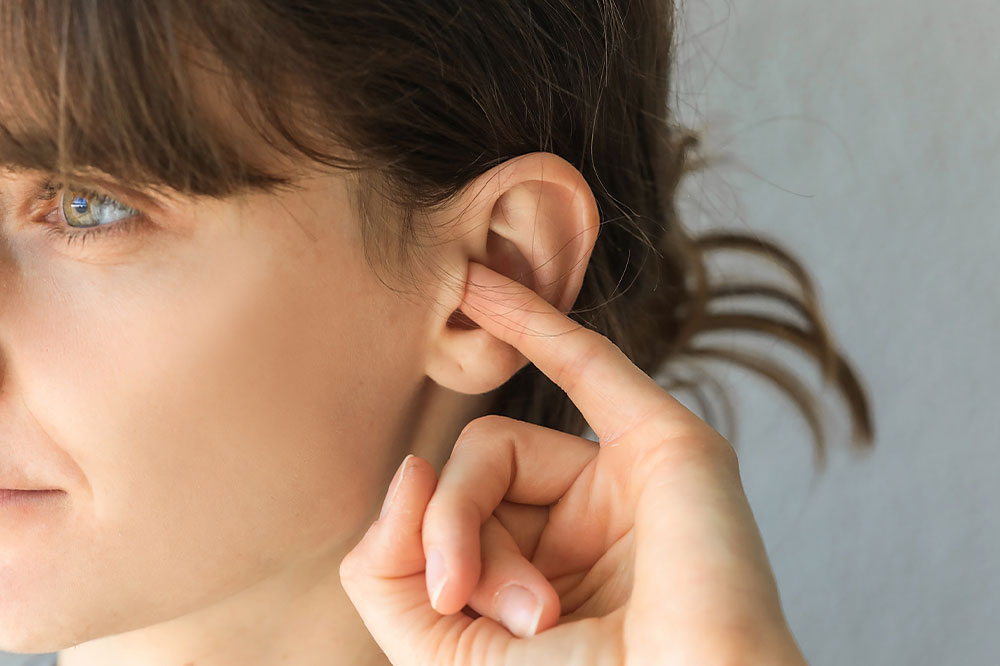Comprehensive Guide to Hearing Loss: Causes, Signs, and Prevention Strategies
Hearing loss affects a large portion of aging populations worldwide. This comprehensive guide explores the causes, symptoms, and preventive measures for hearing impairment. From understanding different types like sensorineural, conductive, and mixed loss, to recognizing early signs like difficulty understanding speech and muffled sounds, the article provides valuable insights. It emphasizes the importance of preventing exposure to loud noises and managing health conditions to maintain ear health. Effective interventions, including medical treatments and lifestyle adjustments, can help mitigate the impact of hearing loss and improve quality of life for those affected.

Comprehensive Guide to Hearing Loss: Causes, Signs, and Prevention Strategies
Hearing loss is a prevalent health issue that affects millions worldwide, particularly as individuals age. It is a condition characterized by the partial or complete inability to hear sounds clearly. As populations grow older globally, understanding the intricacies of hearing impairment becomes increasingly important for early detection, effective management, and prevention. In our country, estimates reveal that approximately one-third of adults aged between 65 and 75 experience some degree of hearing difficulty, and this number rises significantly in those over 75. Recognizing the factors contributing to hearing loss and implementing preventative measures can greatly improve quality of life and communication abilities for millions.
Types of Hearing Loss and Their Characteristics
Sensorineural Hearing Loss: This type involves damage to the inner ear structures, particularly the cochlea or the auditory nerve pathways. It usually results from aging (presbycusis), noise exposure, infections, or genetic factors. Sensorineural hearing loss is often permanent, but hearing aids or cochlear implants can help improve hearing capabilities.
Conductive Hearing Loss: This form of loss occurs when there are issues within the outer or middle ear that obstruct sound transmission. Common causes include ear infections, buildup of earwax, eardrum perforation, or abnormalities in the ossicles. Conductive hearing loss can often be corrected medically or surgically, restoring normal hearing functions.
Mixed Hearing Loss: As the name suggests, this involves both sensorineural and conductive components. It often requires a combination of treatment approaches to address the underlying issues effectively.
The primary causes of hearing impairment generally involve prolonged exposure to loud noises or the natural aging process, which deteriorates the delicate structures within the ear over time.
Earwax buildup, or cerumen impaction, may temporarily impair hearing by blocking sound waves from reaching the eardrum. Fortunately, this condition is reversible with proper cleaning. Conversely, permanent hearing loss occurs when the sensory cells or nerves inside the ear sustain damage that cannot be repaired. While you cannot cure permanent hearing loss, there are strategies to reduce its progression and impact on daily life.
Recognizing the Signs of Hearing Loss
Difficulty understanding speech, especially amid noisy environments
Frequently asking others to repeat themselves or speak louder
Choosing to withdraw from conversations due to difficulty hearing
Sounds becoming muffled or unclear
Inability to distinguish consonant sounds clearly, affecting clarity of speech perception
Consistently increasing the volume on electronic devices such as TVs or radios
The Common Causes Behind Hearing Loss
Earwax Accumulation
Excess wax can obstruct auditory passageways, leading to temporary hearing issues that are often reversible with professional cleaning.
Infections and Abnormal Growths
Otitis media, tumors, or other growths within the ear can impair sound transmission or damage ear structures.
Inner Ear Damage
Exposure to loud sounds or the natural aging process can lead to the loss of hair cells within the cochlea, disrupting nerve signals to the brain.
Eardrum Rupture
Sudden loud noises, injuries, or pressure changes, such as during air travel or diving, can cause perforation leading to hearing loss.
Risk Factors That Elevate the Chances of Hearing Loss
Advancing Age
The likelihood of experiencing hearing impairment increases with age due to degenerative changes in ear structures.
Underlying Health Conditions
Diseases like meningitis, high fever, or cardiovascular issues may damage inner ear components.
Medications and Ototoxic Drugs
Certain medications, including some antibiotics and chemotherapy agents, can harm ear cells temporarily or permanently.
Genetic Predisposition
Hereditary factors influence susceptibility to early or age-related hearing loss.
Exposure to Loud Noise
Listening to loud music, attending concerts, or working in noisy environments exposes ears to damaging sound levels for prolonged periods.
Recreational and Occupational Noise
Activities like motorcycle riding, shooting firearms, or working in factories significantly increase risk over time.





